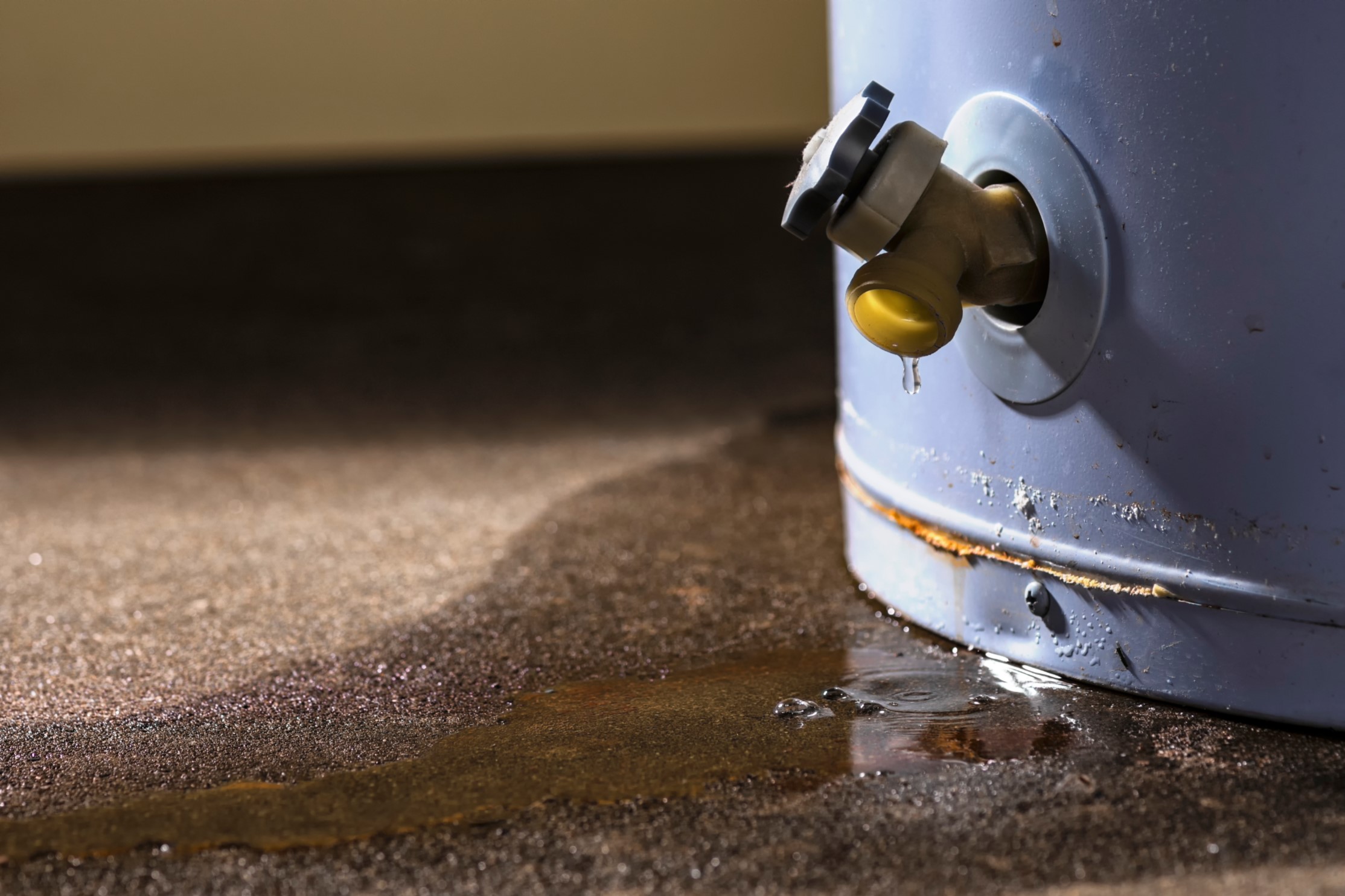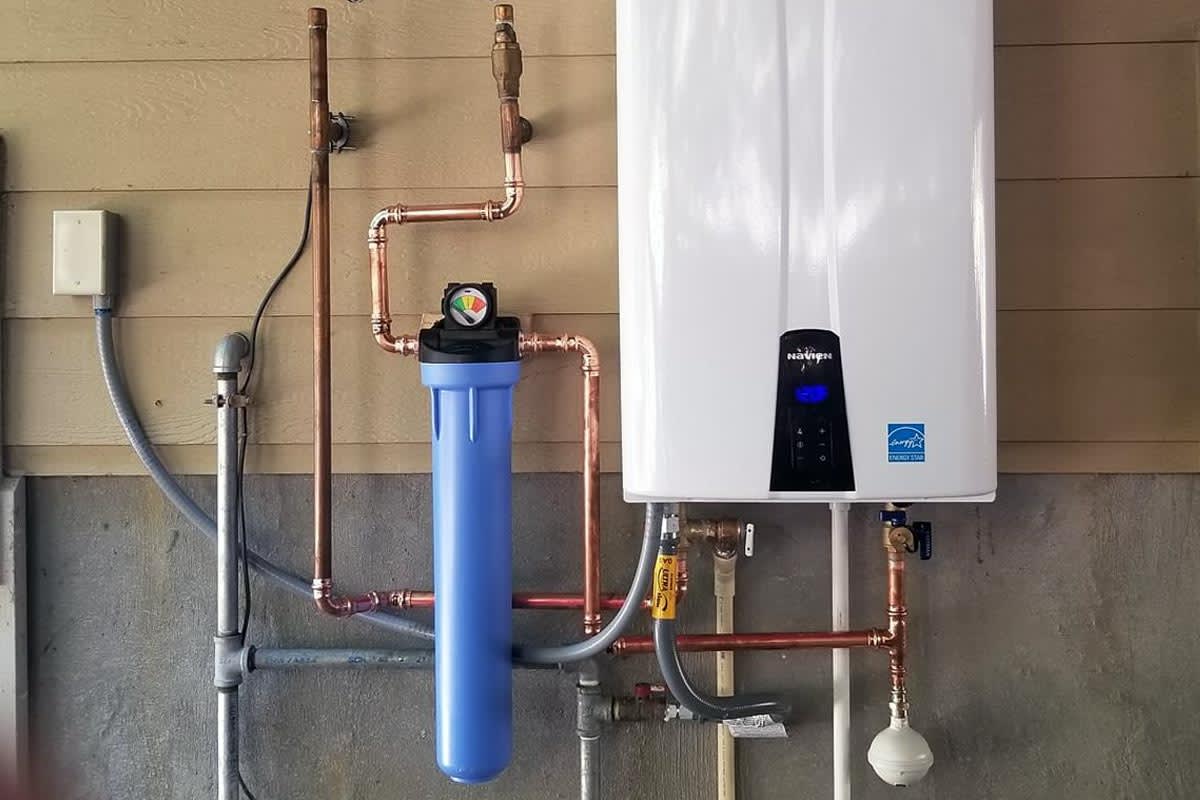Professional Advice for Caring for Your Home's Hot Water SystemEffective Methods to Maintain Your Home's Hot Water System Successfully
Professional Advice for Caring for Your Home's Hot Water SystemEffective Methods to Maintain Your Home's Hot Water System Successfully
Blog Article
How do you actually feel in relation to Tips on Maintaining a Water Heater?

Warm water is important for everyday comfort, whether it's for a refreshing shower or cleaning dishes. To guarantee your hot water system runs efficiently and lasts much longer, regular upkeep is key. This write-up provides functional pointers and insights on just how to preserve your home's warm water system to prevent disruptions and expensive repair work.
Intro
Maintaining your home's hot water system could appear difficult, yet with a few straightforward steps, you can guarantee it runs smoothly for several years to come. This guide covers whatever from recognizing your warm water system to DIY upkeep suggestions and recognizing when to call in expert aid.
Significance of Preserving Your Warm Water System
Regular maintenance not just extends the life expectancy of your warm water system but also guarantees it operates effectively. Disregarding maintenance can cause lowered efficiency, higher power costs, and even premature failing of the system.
Indications Your Warm Water System Needs Upkeep
Knowing when your hot water system needs attention can stop significant concerns. Look out for indications such as irregular water temperature level, weird sounds from the heater, or rustic water.
Comprehending Your Hot Water System
Prior to diving into maintenance tasks, it's helpful to comprehend the fundamental parts of your warm water system. Typically, this consists of the water heater itself, pipes, anode rods, and temperature controls.
Monthly Maintenance Tasks
Routine monthly checks can help catch minor problems prior to they rise.
Flushing the Water Heater
Flushing your water heater eliminates sediment accumulation, enhancing effectiveness and lengthening its life.
Monitoring and Changing Anode Rods
Anode poles protect against corrosion inside the storage tank. Inspecting and changing them when worn out is essential.
Examining and Adjusting Temperature Level Setups
Readjusting the temperature level setups makes sure optimal performance and safety and security.
Do It Yourself Tips for Maintenance
You can perform numerous maintenance jobs yourself to keep your warm water system in top condition.
Looking for Leakages
Routinely evaluate pipelines and connections for leaks, as these can result in water damages and greater expenses.
Evaluating Pressure Relief Valves
Evaluating the stress safety valve ensures it functions correctly and stops excessive stress accumulation.
Protecting Pipes
Protecting hot water pipelines lowers warmth loss and can save energy.
When to Call a Specialist
While do it yourself upkeep is beneficial, some concerns need expert proficiency.
Complex Concerns Needing Professional Aid
Instances include significant leakages, electric issues, or if your hot water heater is regularly underperforming.
Routine Specialist Upkeep Perks
Expert maintenance can consist of extensive evaluations, tune-ups, and ensuring conformity with security standards.
Verdict
Routine maintenance of your home's warm water system is important for performance, longevity, and price savings. By adhering to these pointers and understanding when to seek expert help, you can make certain a reputable supply of hot water without unforeseen disruptions.
How to Maintain an Instant Hot Water Heater
Before tinkering with your hot water heater, make sure that it’s not powered on. You also have to turn off the main circuit breaker and shut off the main gas line to prevent accidents. Also turn off the water valves connected to your unit to prevent water from flowing into and out of the appliance. 2. When you’re done, you have to detach the purge valves’ caps. These look like the letter “T” and are situated on either side of the water valves. Doing so will release any pressure that has accumulated inside the valves while at the same time avoid hot water from shooting out and burning your skin. 3. When the purge valves’ caps are removed, you have to connect your hosing lines to the valves. Your unit should have come with three hoses but if it didn’t, you can purchase these things from any hardware or home repair shops. You can also get them from retail stores that sell water heating systems. Read the user’s manual and follow it to complete this task properly. When the hosing lines are connected, open the purge port’s valves. 4. You should never use harsh chemical cleaners or solutions when cleaning your unit. Make use of white vinegar instead. It should be undiluted and you’ll probably use about 2 gallons. 5. Now flush your water heater. This task should probably take about 40 minutes. We can’t give you specific directions for this because the procedure is carried out depending on the type, model and brand of your heater. With that being said, refer to the user’s manual. 6. When you’re done draining the unit, you have to turn off the purge port valves again. Remove the hosing lines that you earlier installed on each of the water valves. Put the valve caps (purge port) back in their respective places and be very careful so as not to damage the rubber discs that are found inside these caps. 7. Now that everything’s back in place, check your user’s manual again to find out how to reactivate your water heating system. 8. Once it is working, turn one of your hot water faucets on just to let air pass through the heater’s water supply pipes. Leave the tap on until water flows smoothly out of it. https://www.orrplumbing.com/blog/2014/september/how-to-maintain-an-instant-hot-water-heater/

Hopefully you enjoyed reading our article about Tips on Maintaining a Water Heater. Thanks a ton for taking time to browse our post. Feel free to take a moment to share this page if you appreciated it. We value reading our article about What Kind of Maintenance Do Water Heaters Need?.
Book A Service Call Report this page